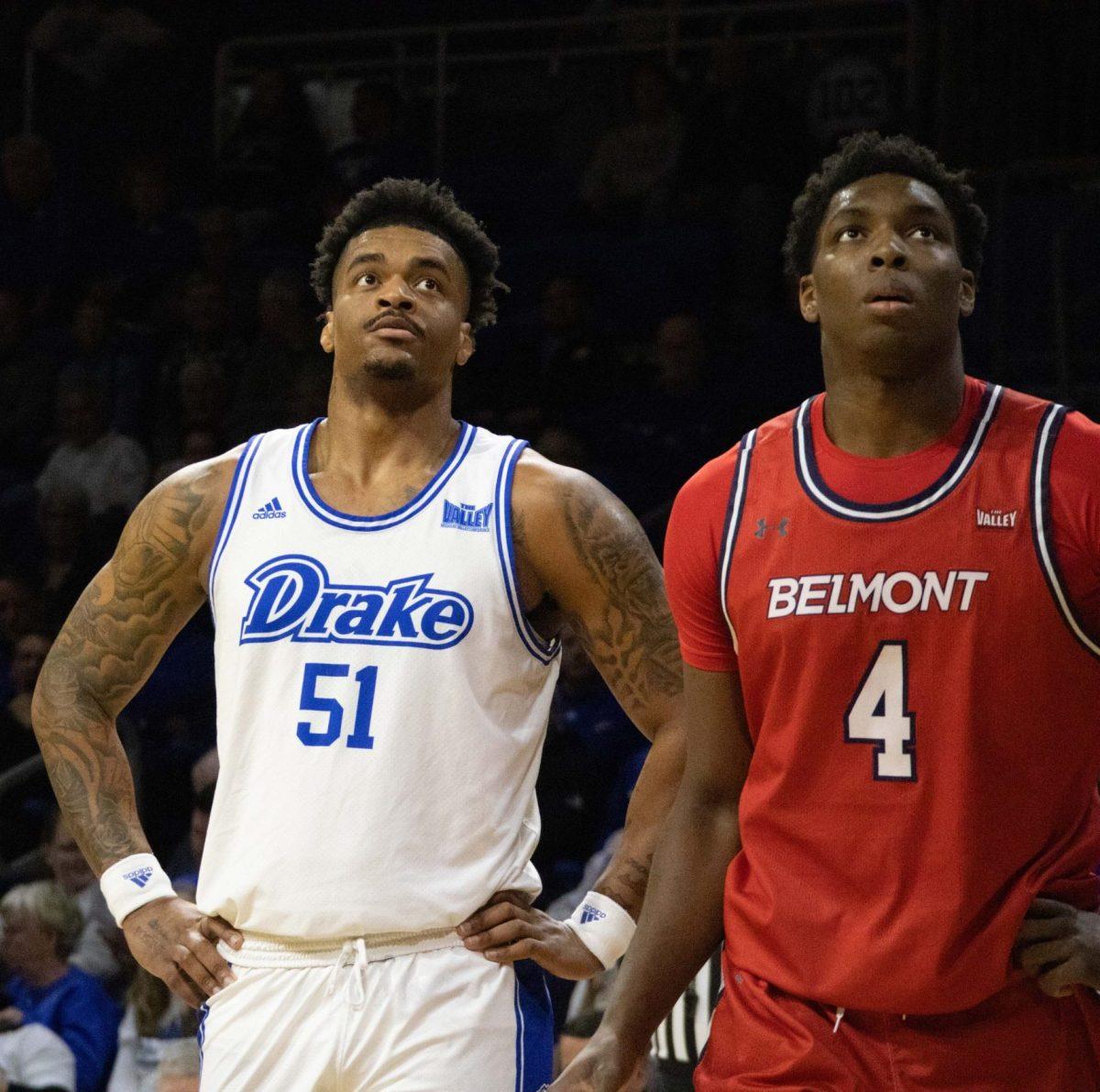Recently, the NCAA began to allow college athletes to receive direct compensation through their name, image and likeness (NIL). This change has completely reshaped NCAA scouting strategies.
In the past, recruiting was often based primarily on two advantageous factors: having a competitive team and having the ability to provide a quality education. Now, NIL deals have shifted prospective student athletes’ focus to schools’ financial opportunities available to those athletes.
So, for an athlete with a high level of talent or ongoing collegiate production in their respective sport, the idea of initially going to or staying in smaller, less fruitful NIL markets/situations is less attractive than ever before.
Because of this, for schools with a smaller NIL market like Drake University, recruiting and maintaining top-level athletes in this new age of college sports will prove to be a difficult task.
For specifically maintaining top-level athletes, things have never been more difficult. Once a player reaches a level where they have the potential to be a starter on a team in a top conference, those top teams come knocking. And for the most part, smaller schools like Drake simply can’t compete with the NIL opportunities that these teams can offer to those top-level athletes.
Prior to the recent surge of value that NIL markets hold for collegiate athletes, though, the situation recruiting-wise wasn’t much different for Drake.
Drake has never been a huge destination for top-level athletes, primarily due to the conference Drake resides in. The Missouri Valley Conference isn’t particularly packed to the brim with nationally-esteemed sports powerhouses, and thus, there’s a common belief that the conference simply isn’t as competitive as conferences like the SEC, Pac-12 or Big Ten. For the most part, this belief stands true.
With competitiveness comes eyes. Larger, more prestigious schools in more competitive conferences have long been the preferred destination for the best athletes in the country, as more eyes on said athletes means more opportunities for them to potentially play at the professional level — no matter the sport. And now, with NIL money emerging as a top selling point in recruiting, the situation has become even more dire.
You see, with prestigiousness, competitiveness and eyes comes NIL money. So, those top schools that were already snagging high-ceiling players from less renowned schools just got another major advantage by having strong NIL capability and resources in place.
For example, the SEC is currently estimated as the highest-valued conference from an NIL valuation standpoint. Behind them stand the Pac-12, Big Ten, Big 12 and the ACC. All of these conferences are hotbeds for NIL deals, and at this point it’s becoming harder and harder for teams within conferences like the MVC to stop teams from these conferences from luring away their best players.
Just this offseason, for example, the back-to-back MVC-championed Drake men’s basketball team has already lost four starters to the transfer portal. A few of these players either have already gone or are expected to transfer to schools within those top conferences.
The most prominent of these starters, guard Tucker DeVries, has officially joined West Virginia University in the Big 12 conference. DeVries was ranked as the No. 4 available transfer player in the 2024 transfer class by 247 Sports.
West Virginia currently has one of the top 50 NIL collectives in terms of estimated funding, a ranking system that the DU collective (partnered with Drake athletics) isn’t even valued on. And, while DeVries’ decision likely had a lot to do with his father and former Bulldogs head coach Darian DeVries being West Virginia’s next head coach, the same reasoning can’t be said for the other three starters Drake lost.
Overton, Wright and Enright have all entered the portal. Enright, positioned as the No. 299 ranked transfer player by 247 Sports, is the only one of these starters that has settled on a new team: the DePaul University Blue Demons. Enright had initially met with Darian and was given an offer to follow the DeVries duo to West Virginia but ultimately settled on DePaul.
Enright explained to 247 Sports that his decision had a lot more to do with the opportunity to be a “face of the team” for DePaul than anything else.
So, Enright’s decision wasn’t based on NIL potential. But, when considering his low ranking as a transfer prospect, it’s fair to say that, as a more developmental player, he didn’t have much freedom to join a team with high NIL potential — assuming he could even tap into it.
Nonetheless, Overton and Wright still remain on the market. Overton is ranked at No. 106 by 247 Sports, a much higher ranking than Enright, and Wright is ranked at No. 239. It’s fair to say that Overton’s eventual decision will be based, at least in part, on NIL potential.
And, above all, the departure of these athletes can be at least partially attributed to the lack of prestigiousness, competitiveness and eyes that Drake has to offer — all of which translate to NIL opportunity.
Simply put, bigger schools like West Virginia have always had more to offer for talented athletes. Now, these schools have the complete advantage over NIL opportunities and average valuation.
As future Drake athletes develop their skills to a level that could earn them a spot on a bigger school’s roster, it’ll become increasingly unlikely that Drake will be able to retain them.








Dike Ajiri • Nov 19, 2024 at 9:11 am
Bummer. Good article.